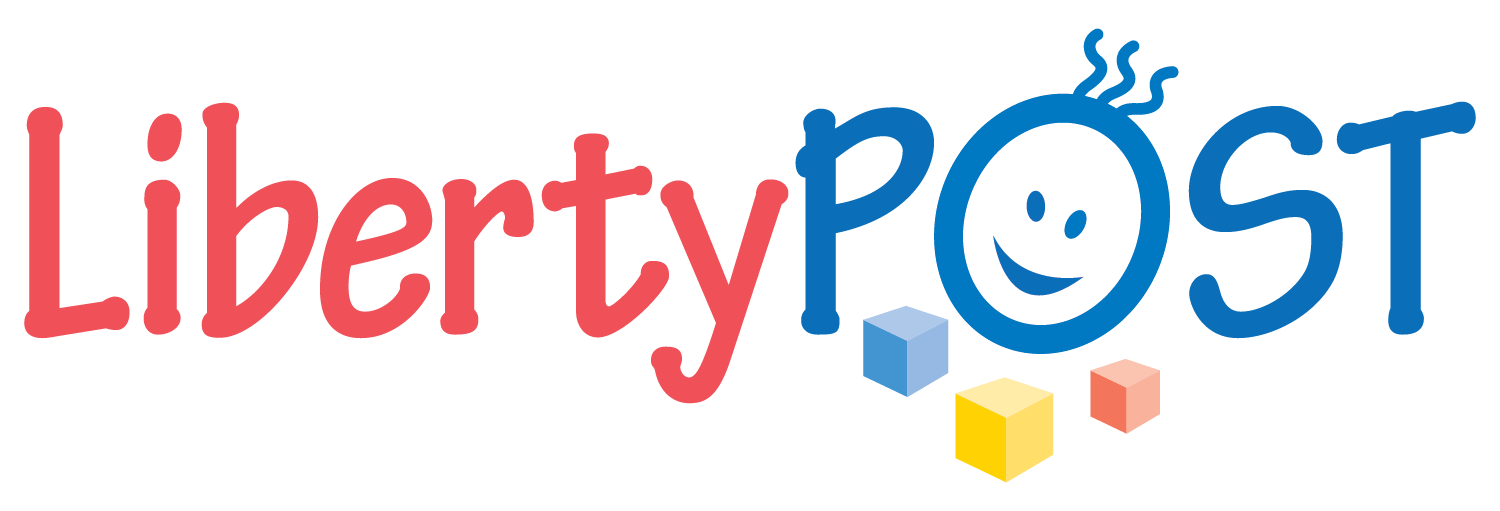What Is ASD? (Autism Spectrum Disorder)
Autism Spectrum Disorder (ASD) is a developmental disability that can cause significant social, communication and behavioral challenges. There is often nothing about how people with ASD look that sets them apart from other people, but people with ASD may communicate, interact, behave, and learn in ways that are different from most other people. People with ASD often have problems with social, emotional, and communication skills.
The learning, thinking, and problem-solving abilities of people with ASD can range from gifted to severely challenged. Many people with ASD also have different ways of learning, paying attention, or reacting to things. Some people with ASD need a lot of help in their daily lives; others need less.
What are the Signs of Autism?
Signs of Autism Spectrum Disorder (ASD) begin during early childhood and typically last throughout a person’s life.
Children or adults with ASD might:
- Not point at objects to show interest (for example, not point at an airplane flying over)
- Not look at objects when another person points at them
- Have trouble relating to others or not have an interest in other people at all
- Avoid eye contact and want to be alone
- Have trouble understanding other people’s feelings or talking about their own feelings
- Prefer not to be held or cuddled, or might cuddle only when they want to
- Appear to be unaware when people talk to them, but respond to other sounds
- Be very interested in people, but not know how to talk, play or relate to them
- Repeat or echo words or phrases said to them, or repeat words or phrases in place of normal language
- Have trouble expressing their needs using typical words or motions
- Not play "pretend" games (for example, do not pretend to "feed" a doll)
- Repeat actions over and over again
- Have trouble adapting when a routine changes
- Have unusual reactions to the way things smell, taste, look, feel or sound
- Lost skills they once had (for example, stop saying words they had been using)
Children diagnosed with ASD typically do not show all of the behaviors described above but show enough to warrant diagnosis.
How is Autism Diagnosed?
Answering the question of "How is autism diagnosed," can be challenging, as there isn't an established medical test to determine an autism diagnosis. The closest possible medical solution is a doctor observing a child's behavior and development to form a diagnosis.
To understand the answer to the question "How is autism diagnosed," patients must understand when an autism diagnosis is possible. In some cases, autism can be identified at 18 months or younger. By age 2, a highly reliable autism diagnosis can be provided by a doctor. However, it is not uncommon for a final diagnosis to not occur until much later in life.
Medical professionals use a two step method for an autism diagnosis. These two steps include a developmental screening and a comprehensive diagnostic evaluation.
How is Autism Diagnosed with a Developmental Screening?
The first step for an autism diagnosis requires a developmental screening. This developmental screening is a brief evaluation to determine if a child is learning basic skills at an age appropriate pace.
There are a few methods for performing a developmental screening. A developmental screening may include:
- The doctor asking the potentially autistic child's parents questions,
- Talking or playing with the child to understand the child's learning and behavior
The Centers for Disease Control and Prevention (CDC) recommends that all children should be evaluated for autism during regular doctor check ups at 9 months of age, 18 months of age and 24 or 30 months of age. Additional evaluations may be necessary for children who are at a higher risk for autism, such as children with autistic relatives or children who exhibit behaviors associated with autism.
If a medical professional sees any evidence that may suggest a concern, a comprehensive diagnostic evaluation is the next step.
How is Autism Diagnosed with a Comprehensive Diagnostic Evaluation?
The second part of an autism diagnosis is a comprehensive diagnostic evaluation. A comprehensive diagnostic evaluation may include the following:
- Examination of a child's development and behavior,
- An interview with the child's parents,
- A hearing screening,
- A vision screening,
- Medical testing, including but not necessarily limited to genetic tests and neurological tests.
A doctor may refer a child to a specialist if further evaluation is needed for a diagnosis.
Get Answers for How Autism is Diagnosed Near New York City (NYC)
Liberty POST includes an office in New York City (NYC). Liberty POST may be able to help answer your autism questions, including "How is autism diagnosed?" To discover how our experienced professionals may be able to help you and your child...
Contact Us Today


